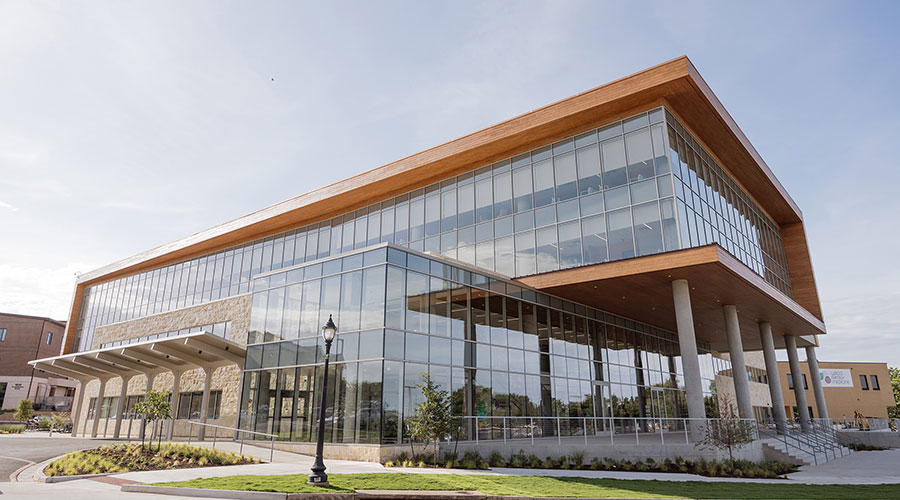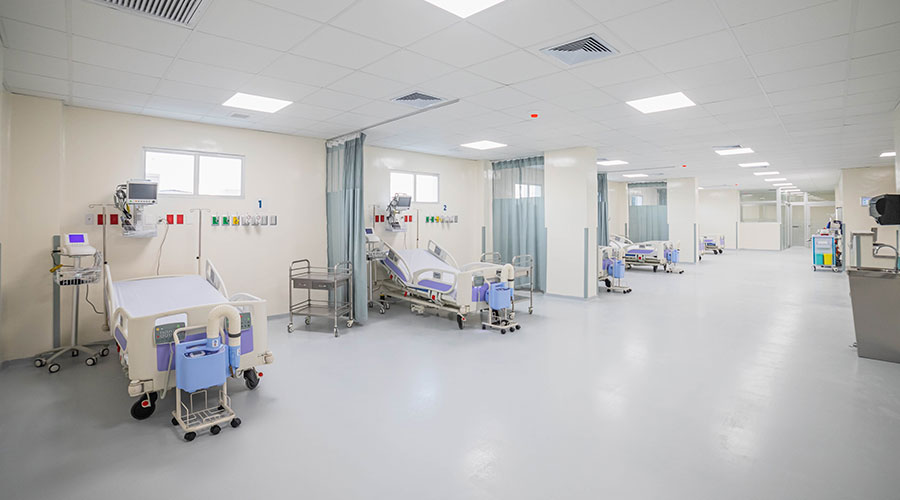The Phoenix Veterans Affairs (VA) Health Care System is the first hospital in Arizona to deploy Xenex LightStrike™ Germ-Zapping Robots™ to destroy deadly germs and bacteria lurking on hospital surfaces that can cause hospital acquired infections (HAI). The portable room disinfection system utilizes pulsed xenon ultraviolet (UV) light and is effective against even the most dangerous superbugs and multi-drug resistant organisms (MDRO), including methicillin-resistant Staphylococcus aureus (MRSA), Clostridium difficile (C. diff), VRE, norovirus and influenza. Additionally, the Xenex Germ-Zapping Robot has been proven effective against both the Ebola virus and Anthrax, and can easily be incorporated into a facility’s disease containment and biodefense strategy.
Pulsed xenon UV disinfection is an environmentally-friendly technology and exceeds both Presidential Executive Orders and VA Directives regarding sustainability and green procurement. Prior to implementing Xenex, the Phoenix VA used a mercury UV disinfection system (mercury is toxic) and as a result, the facility’s OR experienced a degradation of materials including the cracking and yellowing of plastics. The materials damage associated with continuous mercury UV is a newly identified problem associated with mercury UV technology and the Phoenix VA was among the first in the nation to identify this issue.
To date, 20 peer-reviewed studies showing the effectiveness of pulsed xenon UV in reducing pathogens from the environment have been published, including eight studies that reported a decrease in patient infection rates when the pulsed xenon UV technology was used. Five of the environmental studies were accomplished by VA researchers including Dr. Chetan Jinadatha, Chief of Infectious Disease, Central Texas Veterans Health Care System, who found manual cleaning plus pulsed xenon UV light disinfection was far more effective than traditional cleaning methods at eliminating MRSA bacteria and was 23 percent faster when integrated into the room cleaning process. More importantly, numerous healthcare organizations using Xenex LightStrike robots have reported significant reductions in C. diff, MRSA, VRE and Surgical Site Infection (SSI) rates. This is evidenced in multiple published peer-reviewed outcome studies showing 50-100 percent reductions in HAI rates.
In addition to being the first hospital in Arizona, the Phoenix VA is the first VA facility in the Southwest Health Care Network (VISN 18) to deploy this innovative, leading-edge patient safety technology. The Phoenix VA joins 40 VA facilities and over 350 hospitals across the nation who have added the Xenex LightStrike robot to their disinfection arsenals. During the implementation, as a tribute to the military, the Phoenix VA named its six LightStrike robots after the Commander-in-Chief and five sister services: Chief, Army, Navy, Air Force, Marines, and Coast Guard.
“We want to do everything possible to provide a clean environment and enhance patient safety at our facility to reduce the risk of hospital acquired infections,” said Kenneth Carter, Chief of Environmental Management Services, Phoenix VA. “One infection is one too many, so enlisting the help of the Xenex robots will help us achieve our goal of zero infections. This investment in a proven technology is important and underscores our commitment to patient care and the veterans we serve.”
For more information, visit Xenex.com.

 Waco Family Medicine Achieves Savings and Bold Design with Wood Selections
Waco Family Medicine Achieves Savings and Bold Design with Wood Selections Alleged Ransomware Administrator Extradited from South Korea
Alleged Ransomware Administrator Extradited from South Korea Design Plans Unveiled for New Intermountain St. Vincent Regional Hospital
Design Plans Unveiled for New Intermountain St. Vincent Regional Hospital Ground Broken on New Pediatric Health Campus in Dallas
Ground Broken on New Pediatric Health Campus in Dallas Pre-Construction Strategies for Successful Facilities Projects
Pre-Construction Strategies for Successful Facilities Projects